Category: Church History
-

From the Archives: Relatable Actions
I’m working hard on my Zerah Pulsipher biography and thought it would be fun to share a few items that I found interesting or fun. Today’s post focuses on a couple fun and relatable vignettes from early settlers in Utah and Idaho.
-
From the Archive: Seventies Blessings
I’m working hard on my Zerah Pulsipher biography and thought it would be fun to share a few items that I found interesting or fun. Today’s post focuses on blessings given to members of the newly-formed quorums of the seventies during the 1830s.
-
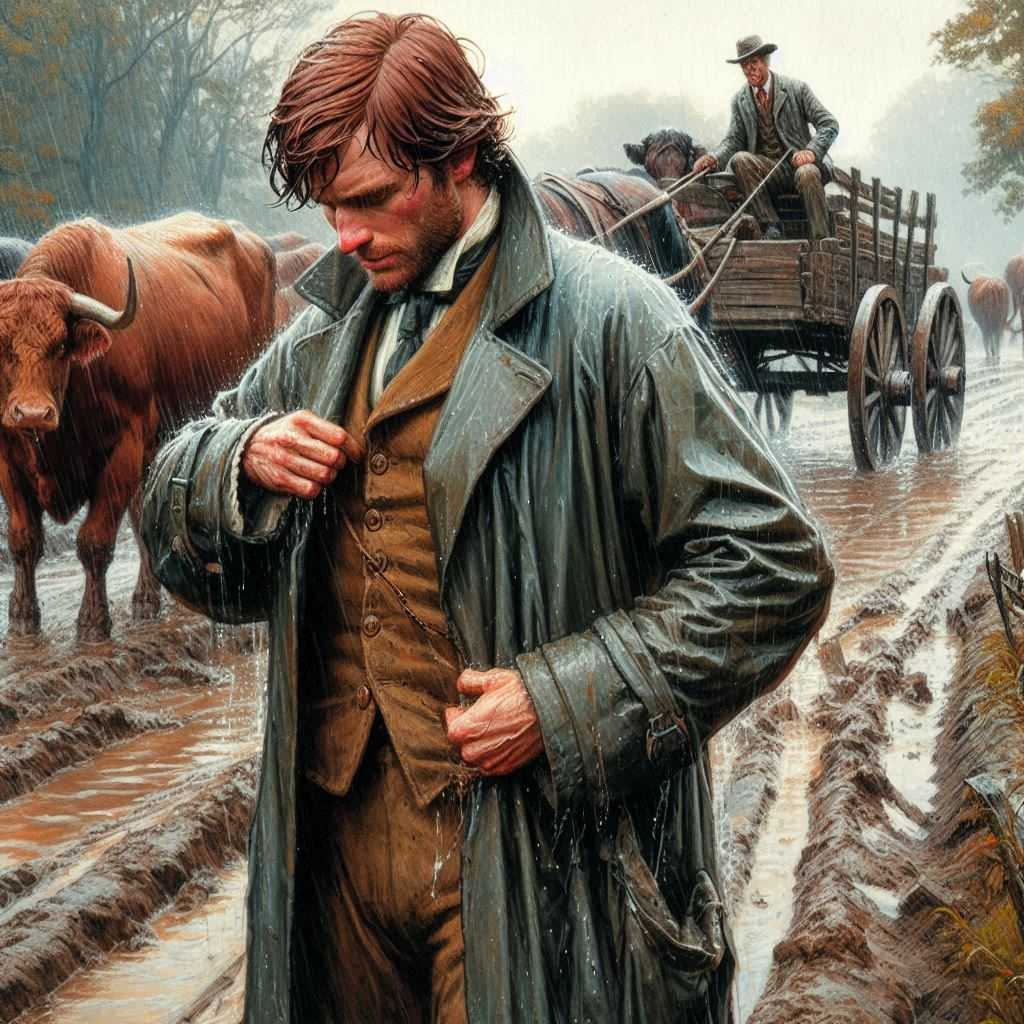
From the Archives: Muddy Iowa
I’m in the midst of pushing to finish a draft of my biography of Zerah Pulsipher and thought it would be fun to share a few items here and there that I found interesting or funny while I’m working on it. Today’s post is about the laborious journey across Iowa in the spring of 1846,…
-
John Turner’s Experience with Joseph Smith
One of the big ticket items among 2025’s Mormon Studies books is John Turner’s Joseph Smith biography. It was officially released earlier this week, though I published my review earlier this month. In addition, however, John Turner recently shared some of his thoughts on the book in an interview at the Latter-day Saint history blog,…
-
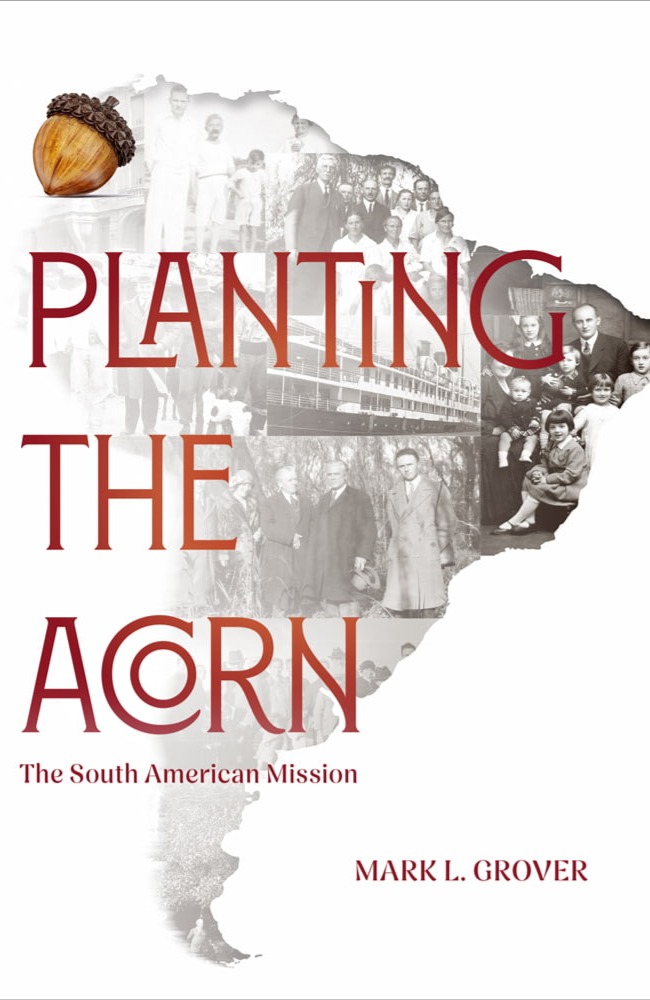
Planting the Acorn: A Review
One hundred years ago this December, a group of three general authorities dedicated South America for the preaching of the gospel while establishing a mission in Buenos Aires, Argentina. Given that this year is the centennial anniversary, there are a few ways in which the Church has been celebrating, such as the repeated visits by…
-
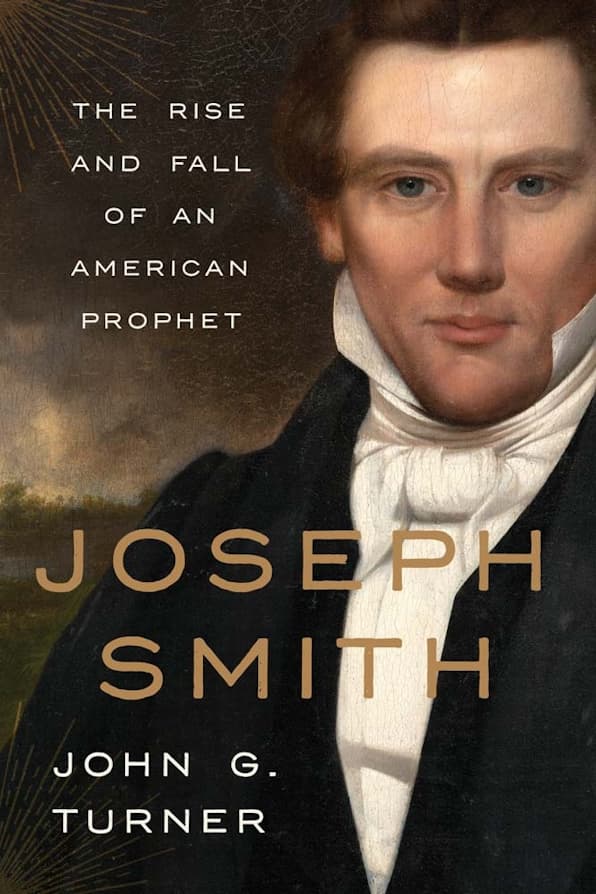
Review: Joseph Smith: The Rise and Fall of an American Prophet
The wait for the long-anticipated biography Joseph Smith: The Rise and Fall of an American Prophet by John G. Turner is soon over. Available through Yale University Press, this is the first major biography released about the founding prophet of the Latter Day Saint movement since the completion of the Joseph Smith Papers project. It…
-
Words of Brigham Young
One of the most important initiatives using primary sources from the Church History Library has been LaJean Carruth’s efforts to transcribe George D. Watt’s shorthand records. Her work has elucidated insights into early Utah history and the speeches of Church leaders that were previously unavailable. Over the course of her work, LaJean Purcell Carruth has…
-
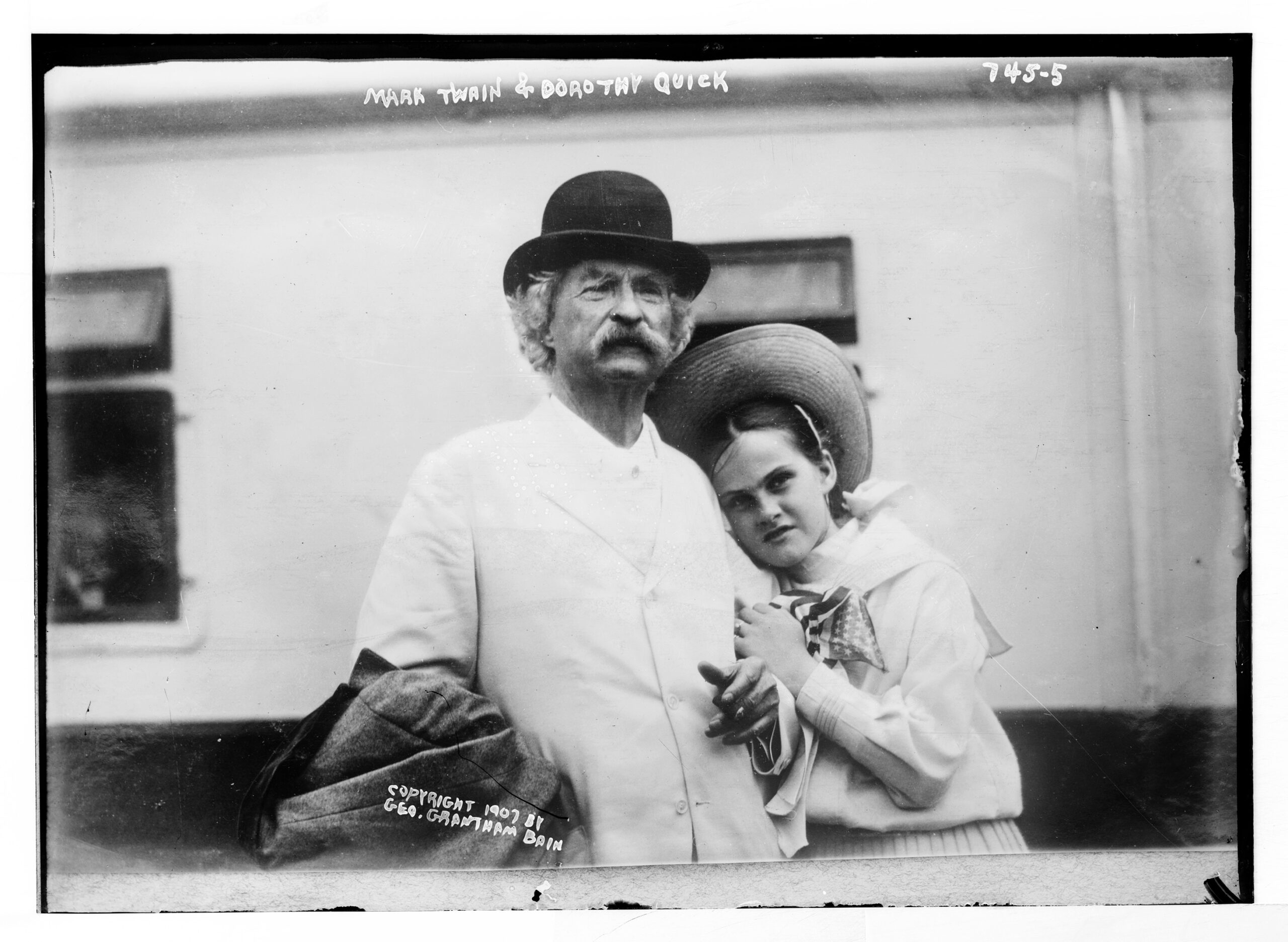
Brigham Young was Right: Polygamy and Hypocrisy
It’s perhaps a little unpopular to argue that Brigham Young got anything right about polygamy, but one place where I think he was onto something was to point out the all-too-common hypocrisy of many vehement anti-polygamists (see full quotes below). Mark Twain authored that famous jab about how ugly Mormon plural wives were–but maybe that’s…
-
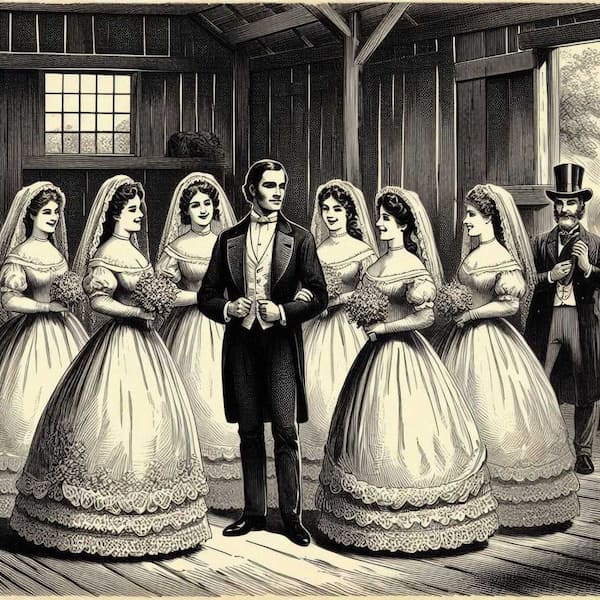
Monogamy is the Rule, Part 5: The Rule of One
In the previous two posts in this series, I discussed an 1886 dictated revelation from John Taylor. A related claim to this document that I am addressing here is that when fundamentalist Latter-day Saint groups began to become a religious movement in their own right during the 1910s and 1920s, the leadership of the majority…
-
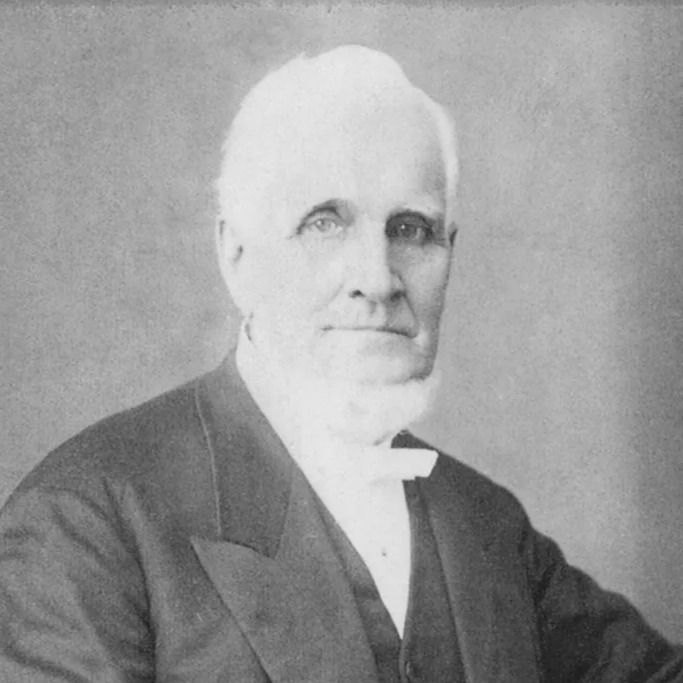
Monogamy is the Rule, Part 4: Guardrails
How do we make sense of John Taylor’s 1886 revelation, in the light of the Church’s stance that monogamy is the rule and polygamy is an exception? My response is that, first, one needs to keep in mind that dictated revelations (like the 1886 revelation, or even those in the Doctrine and Covenants), are not…
-
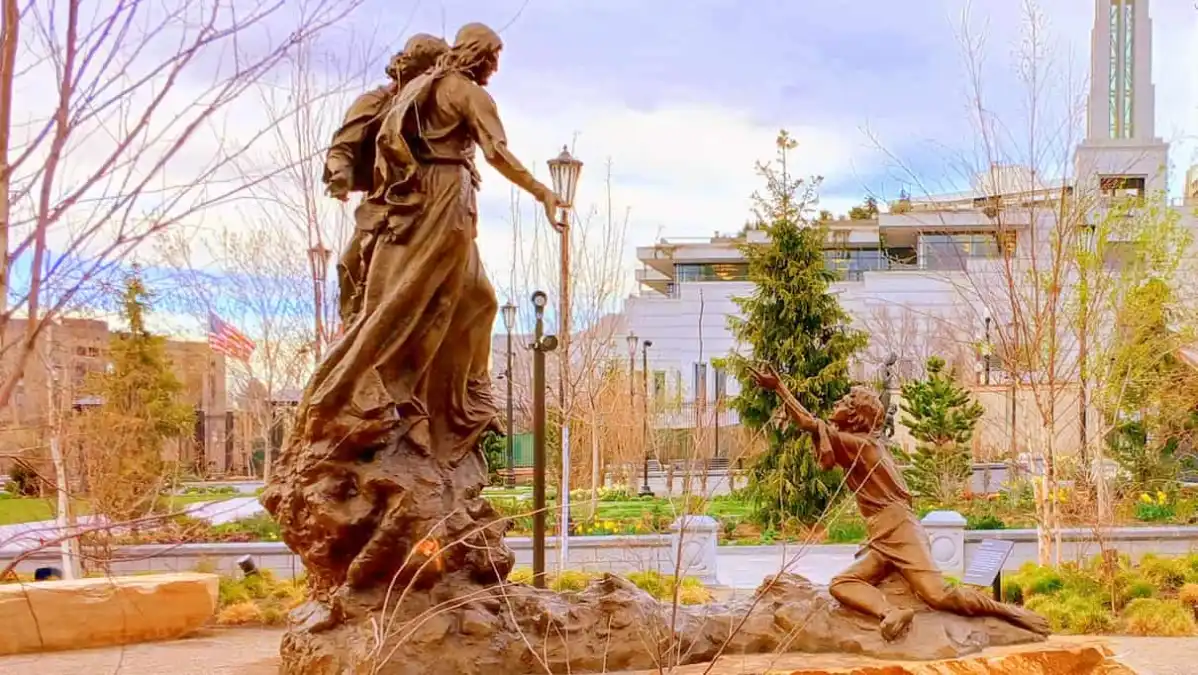
A New Look at the 1832 Account of the First Vision
The 1832 account of the First Vision has always been treated as the black sheep of the family when it comes to contemporary accounts of that event. It is the most unique out of the accounts in several ways. Kyle Beshears recently published a chapter, giving an important explanation of some of those differences. He…
-
Samuel Weber on Adam-God Doctrine
One observation about Brigham Young—particularly when it comes to his most controversial ideas, like the Adam-God teachings—is that he tended to take ideas from Joseph Smith and then amplify them. The priesthood and temple ban on individuals with black African ancestry, for example, can be seen as an expansion of things Joseph Smith accepted and…
-
On a New Edition of Teachings of the Prophet Joseph Smith
When I was on my mission, there were a few hot commodities on the book market that most of the missionaries wanted to get their hands on. Foremost among them were Teachings of the Prophet Joseph Smith and Joseph Smith: Rough Stone Rolling, with bookstores in Nauvoo, Illinois being the location in my mission where missionaries could…
-
A Review: Come Up Hither to Zion: William Marks and the Mormon Concept of Gathering
Come Up Hither to Zion: William Marks and the Mormon Concept of Gathering by Cheryl L. Bruno and John S. Dinger is an enlightening biography that brings attention to a significant yet often overlooked figure in the early Latter Day Saint movement.
-
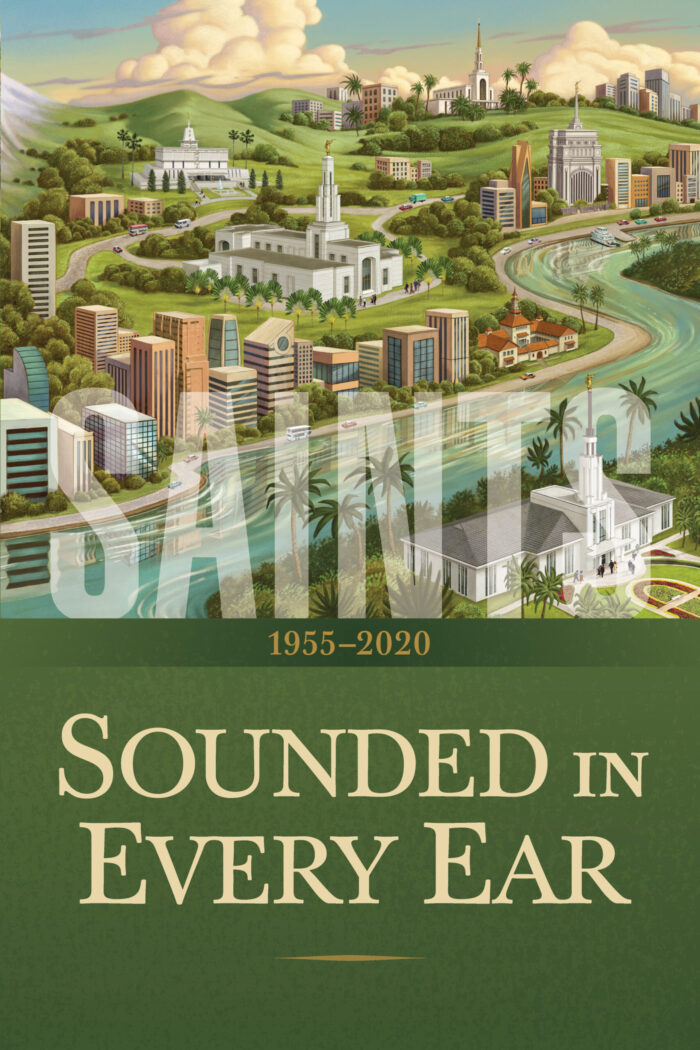
Saints, Volume 4: A Review
The fourth and final volume of Saints: The Story of the Church of Jesus Christ in the Latter Days was published today. This newest book, Sounded in Every Ear, tells the story of the Latter-day Saints from 1955 to 2020, bringing the history up nearly to the present day. It discusses an era in which…
-
Moroni and Temple Sites
Moroni is an important figure in Latter-day Saint lore. For example, I’ve written previously about how some authors have taken any mention of angels and the Book of Mormon in the same story as a reference to Moroni, whether that conclusion is warranted or not. But another area in which Moroni plays a role is…
-
Symbols in the Wilford Woodruff Journals
Early last year, I wrote about symbols I had observed in Wilford Woodruff’s journals. It turns out that I wasn’t the only person who had that on the mind – Joshua Matson had done some earlier and more intensive research on the same topic that he shared in a presentation at the Building Latter-day Faith…
-
Baseball Baptisms and the British Mission
Missionary service is a time of growth and an opportunity to serve, but it can also be a source of extreme pressures and stress for missionaries that manifests in different ways. One of the more famous examples came in the 1950s in the British Isles, where pressure from a mission president led to people taking…
-
On Marion D. Hanks
Marion D. Hanks is one of the most influential general authorities who never served in the Quorum of the Twelve or First Presidency. Today he is best known for his hymn, “That Easter Morn”, his advocating for Christlike service, and the support he lent to Black members of the Church in the years leading up…
-
The Kirtland Temple Endowment
In modern Latter-day Saint terminology, the Endowment is a specific ordinance performed in temples around the world. In the first temple to be constructed by church members (the House of the Lord in Kirtland), however, the term has a somewhat different meaning. In a recent interview at the Latter-day Saint history blog From the Desk,…
-
Review: Bruce R. McConkie: Apostle and Polemicist, 1915–1985
Bruce R. McConkie: Apostle and Polemicist, 1915–1985 by Devery S. Anderson is the latest entry in Signature Books’ Brief Mormon Lives project. As has been the case with other books in the series, this one is a short biography of an individual of note in The Church of Jesus Christ of Latter-day Saints and is…
-
An Abbreviated Journal of Discourses
While Bruce R. McConkie’s controversial Mormon Doctrine is famous in Latter-day Saint circles, it wasn’t his first controversial project. Prior to that time, he worked on preparing a “best-of” collection from the Journal of Discourses that was known as Sound Doctrine. The project was close to publication when the First Presidency intervened and shut it…
-
Smith Family Women
Joseph Smith grew up in a family with strong-willed women. Among those are two who left some notable records of the early Church, particularly Lucy Mack Smith (his mother) and Katharine Smith Salisbury (his sister). Two recent posts at the Latter-day Saint history site From the Desk discuss these two Smith family women and their…
-
A Review: Commentary on the Community of Christ Doctrine & Covenants, Volume 1
I’ve been hunting down resources to use in studying the Doctrine and Covenants, and one of the books I wanted to highlight in that regard is the Commentary on the Community of Christ Doctrine & Covenants Volume 1: The Joseph Smith Jr. Era, by Dale E. Luffman. It is a fascinating glimpse into both the…
-
John Turner on his Joseph Smith Biography
John Turner is known in Latter-day Saint circles for his biography of Brigham Young and his book The Mormon Jesus: A Biography. Next year, however, he will add to that collection with John Turner’s Joseph Smith biography. Turner recently spoke about the forthcoming biography with From the Desk, and announced that “I loved writing Joseph…
-
Joseph Smith’s Uncanonized Revelations, a Review
Joseph Smith’s Uncanonized Revelations, edited by Stephen O. Smoot and Brian C. Passantino, is a new collection of revelations by or attributed to Joseph Smith. It builds upon the research and publication of documents by the Joseph Smith Papers Project, drawing together the relevant documents into one easily accessible place and providing context for each.…
-
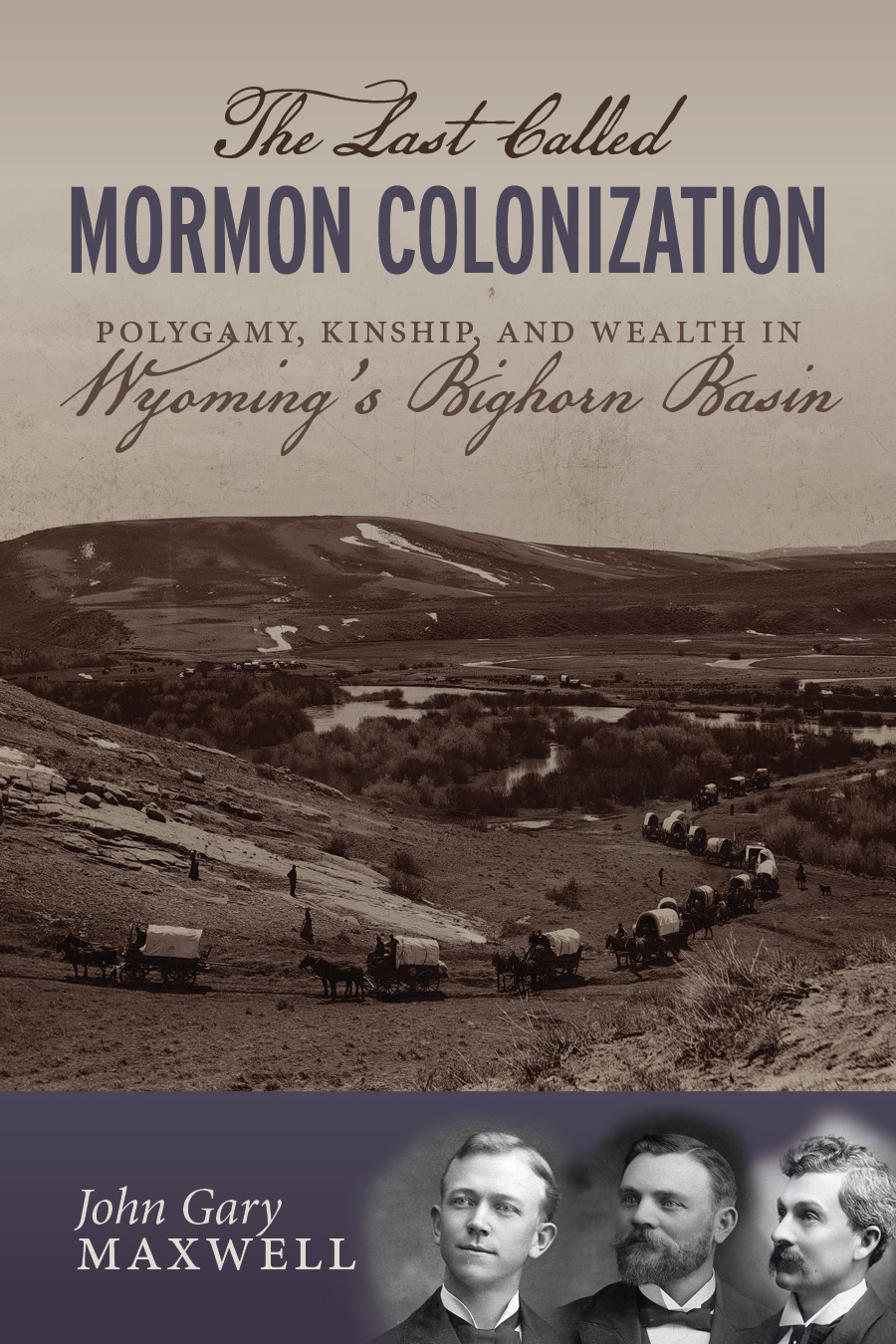
A Review: The Last Called Mormon Colonization
Growing up in Utah, I heard many pioneer stories about my ancestors and their colleagues who traveled west to settle the Intermountain West region. I found, however, that many of the stories focused on the journey itself rather than the years that followed as they established settlements and survived in an arid region. The latter…
-
The Latter-day Saint Chicago Experiment
The Chicago Experiment was an effort to train some of the best teachers in the Church to the academic standards of Biblical Studies applied elsewhere in Western Civilization during the 1930s. The results were mixed, with some of the scholars going on to improve the Church Education System, while others struggled to reconcile what they…
-
Joseph Spencer on Bruce R. McConkie’s Legacy
Long-time followers of my blog posts (if any exist) are likely aware that I have a complicated relationship with Elder Bruce R. McConkie. He was hugely influential to me in my teenage years and early twenties before my own views of Latter-day Saint theology began to conflict with his in a few very notable ways.…
-
Joseph Smith’s Uncanonized Revelations
I don’t think it’s a secret that I have an ongoing fascination with the Doctrine and Covenants. I am, after all, publishing a book about it this winter and (as my Mexican Mission Hymns project is coming to a close), I’m beginning work on an annotated edition of the Doctrine and Covenants. But that fascination…
